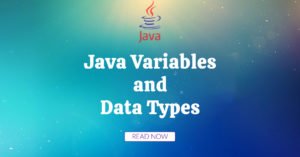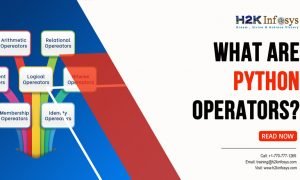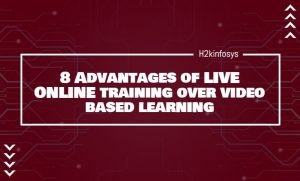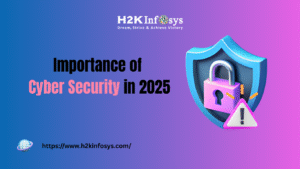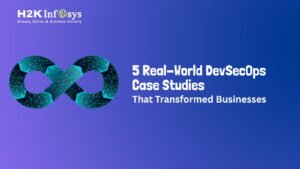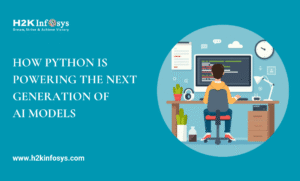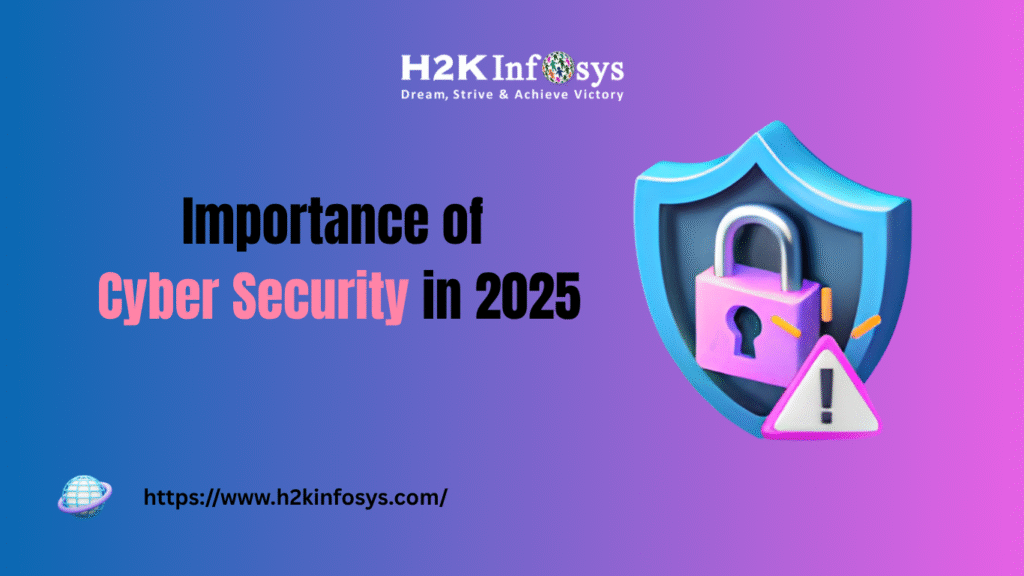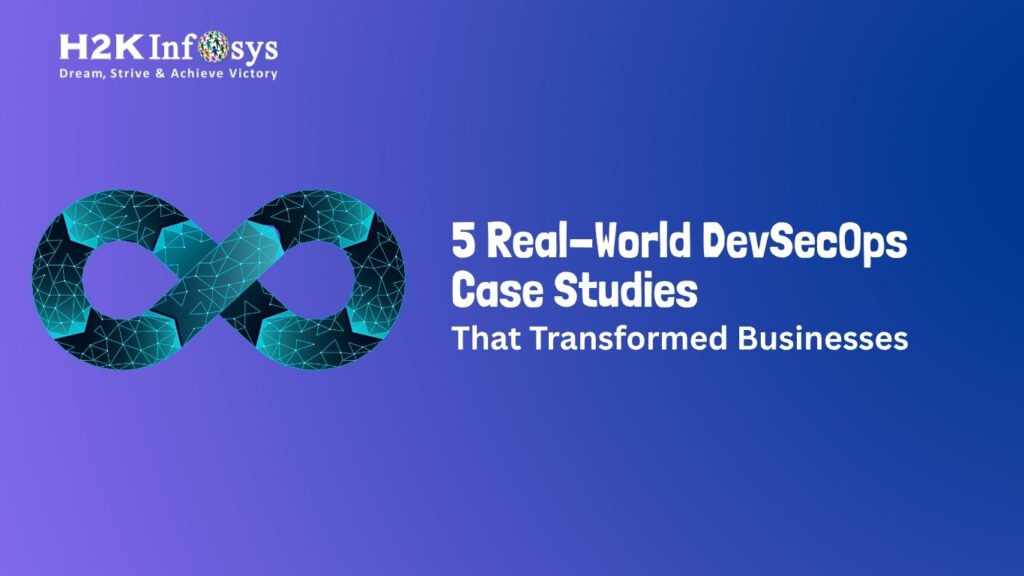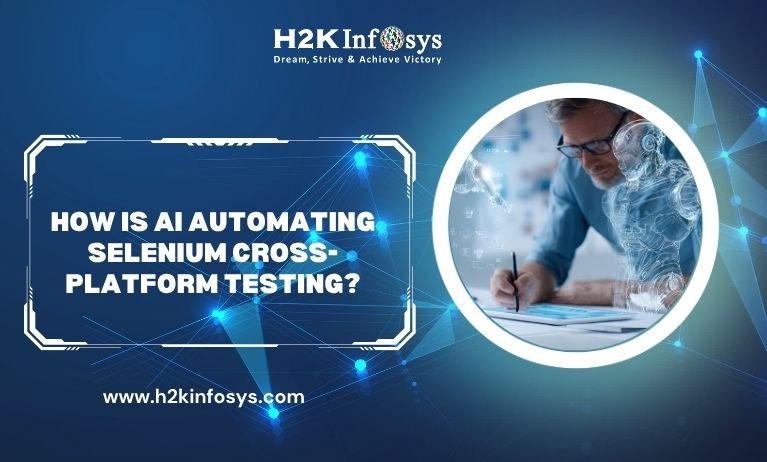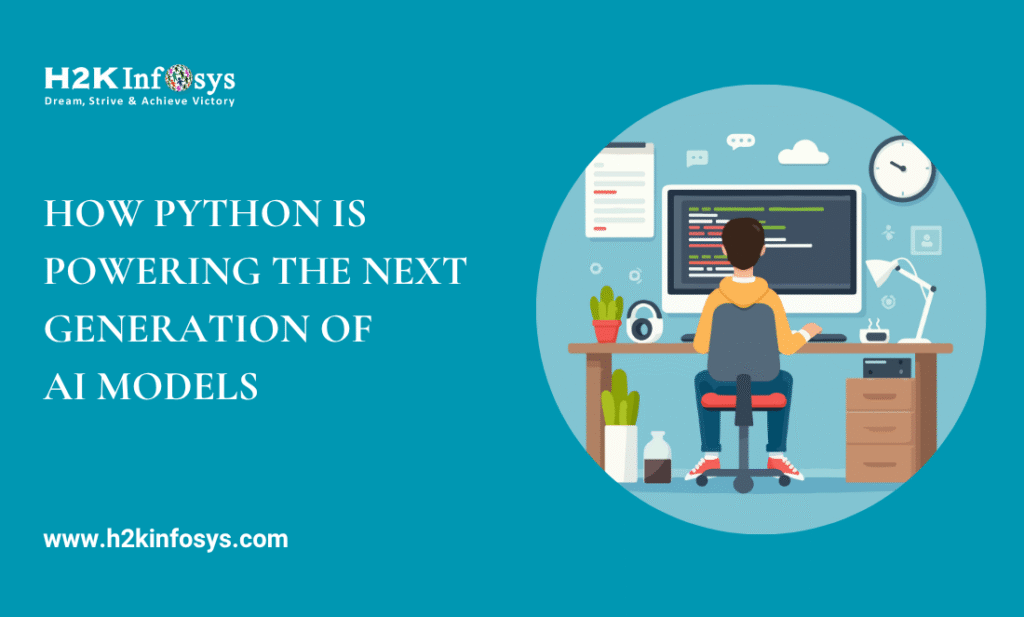Talend, a popular open-source data integration tool, is widely used for data integration, data quality, and data management. If you’re preparing for a Talend developer interview, it’s crucial to be ready for a variety of questions that test your technical knowledge and problem-solving abilities. In this blog post, we’ll cover 20 essential Talend developer interview questions and provide detailed answers to help you ace your interview.
What is Talend?
Talend is an open-source data integration platform that provides various tools for ETL (Extract, Transform, Load), data management, and data quality. It enables organizations to integrate, cleanse, and manage large volumes of data from various sources. Talend offers both a free version (Talend Open Studio) and a subscription-based version (Talend Enterprise).
What are the different components of Talend?
Talend comprises several key components:
- Talend Studio: The development environment for designing data integration jobs.
- Talend Administration Center (TAC): The management console for deploying and monitoring jobs.
- Talend Data Integration: Tools for ETL and data management.
- Talend Big Data: Integration with big data technologies.
- Talend Data Quality: Tools for ensuring data accuracy and integrity.
How do you manage error handling in Talend?
Error handling in Talend can be managed using various components and strategies:
- tLogCatcher: Captures log messages, warnings, and errors.
- tDie: Stops the job execution if an error occurs and can be configured to send error messages.
- tWarn: Logs warning messages without stopping the job.
- tAssert: Validates data and triggers warnings or errors if conditions are not met.
Explain the use of tMap in Talend.
tMap is one of the most versatile components in Talend. It allows for advanced data transformation and mapping. You can use tMap to:
- Perform data transformations like concatenation, splitting, and calculations.
- Filter data based on conditions.
- Join data from multiple sources.
- Define expressions for output columns.
What are the key differences between Talend Open Studio and Talend Enterprise?
Talend Open Studio is the free, open-source version of Talend, offering basic ETL functionalities. Talend Enterprise, on the other hand, is a paid version that provides additional features such as:
- Enhanced performance tuning.
- Advanced data quality tools.
- Big data integration capabilities.
- Centralized management through TAC.
- Comprehensive support and training from Talend.
How do you perform data transformation in Talend?
Data transformation in Talend can be done using components like:
- tMap: For complex mappings and transformations.
- tConvertType: For data type conversion.
- tNormalize/tDenormalize: For normalizing or denormalizing data.
- tAggregateRow: For data aggregation and summary.
Describe the process of creating a Talend job.
Creating a Talend job involves:
- Designing the Job: Define the ETL process by dragging and dropping components in Talend Studio.
- Configuring Components: Set up the properties and mappings for each component.
- Connecting Components: Link components to define the data flow.
- Running the Job: Execute the job and monitor its progress.
- Deploying the Job: Deploy the job in TAC or other deployment environments.
What is the purpose of the tFilterRow component?
The tFilterRow component is used to filter rows based on specific conditions. You can define expressions or rules, and only the rows that meet these conditions will pass through to the next component. This is useful for data cleansing and preparation.
How can you optimize Talend jobs for better performance?
To optimize Talend jobs:
- Use parallel execution where possible.
- Minimize the use of memory-intensive components.
- Optimize database queries and data flow.
- Use Talend’s built-in performance monitoring tools to identify bottlenecks.
What is a Talend repository, and how is it used?
A Talend repository is a centralized storage system for all project-related artifacts, including metadata, jobs, routines, and context variables. It helps in managing and sharing resources across the development team. It also supports version control, making it easier to track changes and collaborate on projects.
How do you manage version control in Talend?
Version control in Talend can be managed through:
- Git or SVN: Integrate Talend Studio with version control systems like Git or SVN.
- Talend Administration Center: Manage job versions and ensure consistency across deployments.
- Project Branches: Use branching strategies to manage different versions and updates.
Explain the concept of context variables in Talend.
Context variables are dynamic variables that can change based on the environment or conditions. They allow you to define values like database credentials, file paths, and other parameters externally, making it easier to deploy jobs in different environments (development, testing, production).
What is the use of tFileInputDelimited component?
The tFileInputDelimited component is used to read delimited files (such as CSV files). It can handle various delimiters and supports dynamic schema, making it versatile for reading structured data.
How can you schedule Talend jobs?
Talend jobs can be scheduled using:
- TAC (Talend Administration Center): Schedule jobs to run at specific times.
- Cron Jobs: Schedule jobs on Unix/Linux systems.
- Windows Task Scheduler: Schedule jobs on Windows systems.
What are the different ways to load data into Talend?
Data can be loaded into Talend using:
- Database connections: Load data from and to various databases.
- File connections: Load data from files like CSV, Excel, JSON, etc.
- Web services and APIs: Load data through REST or SOAP APIs.
- Big data sources: Integrate with Hadoop, Spark, and other big data technologies.
How do you handle dynamic schema in Talend?
Dynamic schema in Talend allows you to handle data with varying structures. Components like tSchemaComplianceCheck and tFileInputDelimited can work with dynamic schema, enabling flexibility in data processing.
What are Talend routines, and how do you create them?
Talend routines are reusable Java code snippets that you can create and use across multiple jobs. They are useful for performing common tasks like data transformations, calculations, and custom logic.
Describe the use of tJoin and tUnite components.
- tJoin: Joins two data sources based on a common key. It’s similar to SQL JOIN operations.
- tUnite: Combines data from multiple input flows into a single output flow.
What are Talend MDM and its benefits?
Talend MDM (Master Data Management) is a solution for managing and consolidating master data across an organization. Benefits include:
- Improved data accuracy and consistency.
- Centralized data governance.
- Better decision-making with unified data.
How do you monitor and manage Talend jobs?
Talend jobs can be monitored and managed through:
- Talend Administration Center: Provides a dashboard for monitoring job execution, performance, and errors.
- Logs and Reports: Use logs and reports to track job activities and identify issues.
- Alerts and Notifications: Set up alerts for job failures or other critical events.
Conclusion
Preparing for a Talend developer interview requires a solid understanding of both the tool and the concepts behind data integration. By familiarizing yourself with these common interview questions and their answers, you can confidently approach your interview and demonstrate your expertise in Talend.




